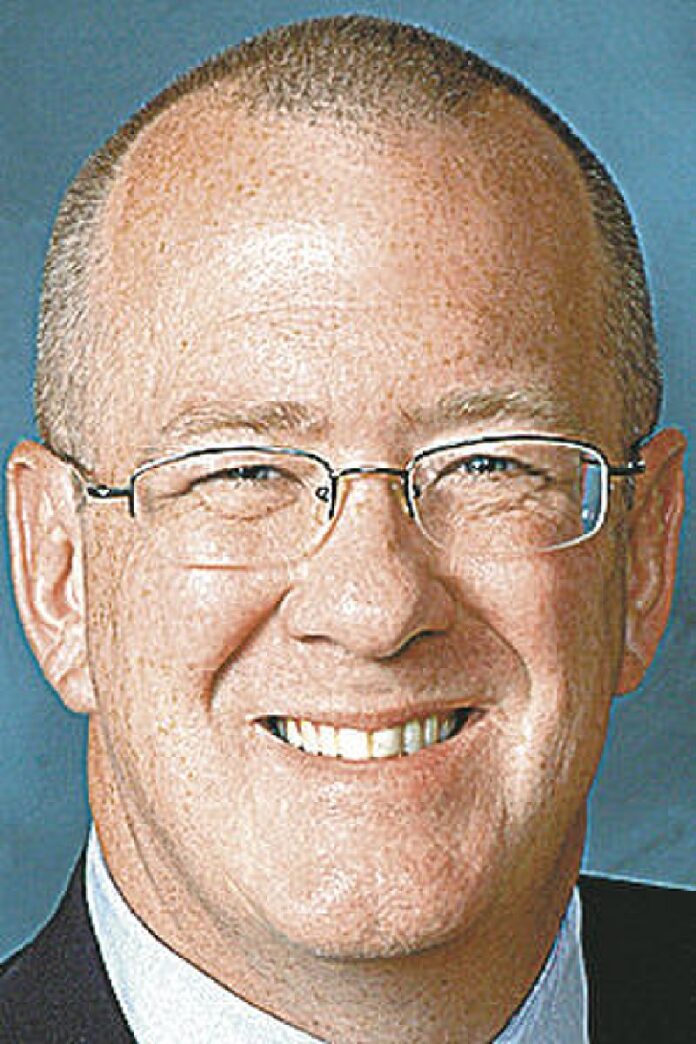The United States Census Bureau has released its annual estimates of population change. The data told a familiar tale for Indiana. Indiana very clearly struggles with population growth, and what growth we do experience is concentrated in just a few places. However, the data is not without bright spots.
Indiana enjoyed population growth of 31,796 in 2018, of which 40 percent was net migration. That growth rate is about 0.48 percent, which is lower than the national growth rate of 0.62 percent last year, itself a post-war low. In terms of raw population growth, 2018 was beneath Indiana’s post-war and 21st century averages. For Indiana, the post-recessionary period has been one of dramatic slowing of population growth. Among declining counties, population loss is accelerating.
Within the state, only 15 counties grew faster than the nation as a whole. Six of those were in the Indianapolis metropolitan area, and accounted for 49 percent of the state’s growth. Of our fast-growing counties, all but one were in metropolitan areas. At the other end, a full 32 counties lost population in 2018. The remaining 45 counties grew, but at a rate slower than the nation as a whole. These are in relative population decline.
Population growth is not the sole measure of the health of an economy, but it is the best. Without population growth, any growth in the local economy must come through a more productive labor force. However, productive workers tend to move toward places that better reward their productivity.
Thus, population decline signals a declining workforce in both quality and quantity. This is among the most enduring lessons of economic geography. This implies a more difficult future for non-urban places in Indiana.
Population change also affects the cost of public services. The most acute example of this is schools. Among the third of counties losing population are perhaps 100 school districts in which overhead costs prevent them from affording basic technology and many college prep courses. Population decline will magnify this problem. Success in many of Indiana’s communities depends upon how wisely they handle this challenge.
The biggest loser in the state was the Muncie metro area. Delaware County lost 617 residents, a full half percent of the population. Indeed, the most beleaguered region was east central Indiana, where seven counties lost 0.48 percent of their population last year. Population loss across this region is accelerating.
The greater Terre Haute region is likewise shrinking. As an aside, Muncie, Terre Haute and Bloomington remain active metropolitan areas solely because of their state universities. Most other declining places are scattered across the state. Some are urban, such as Lake County, but most fill the spots between the larger cities.
The counties recently doing better include Howard, St. Joseph, Floyd and Clark counties, which are all growing for different reasons. Kokomo (Howard County) and South Bend (St. Joseph County) benefit from aggressive urban renewal led by two mayors whose reputation is deservedly spreading. Floyd and Clark counties are beginning to experience the benefit of recent infrastructure improvements connecting Indiana to Kentucky. These places rival the northern Indianapolis suburbs in growth rates that are likely to be sustained for decades.
There is also one overall bright spot in the population data — immigration. Nearly one-third of all new Hoosiers last year were foreign immigrants. For every 10 Americans who chose to move to Indiana last year, another 25 foreigners re-located within our borders. In fact, of the 32 counties that experienced population decline last year, 29 saw an increase in immigration. But, only four of the 32 declining counties experienced net migration of Americans.
The 2018 population estimates were not kind to Indiana. The one clearly good piece of news is that our state remains a place of opportunity for men and women from abroad who wish to become Hoosiers. We might need to keep this in mind as we ponder Indiana’s future.
Michael J. Hicks is the George & Frances Ball Distinguished Professor of Economics and director of the Center for Business and Economic Research and professor of economics at Ball State University. Send comments to [email protected].
Michael J. Hicks is the director of the Center for Business and Economic Research and an associate professor of economics in the Miller College of Business at Ball State University. Send comments to [email protected].





